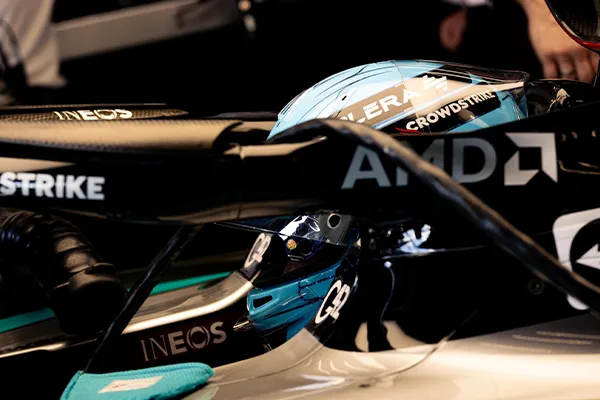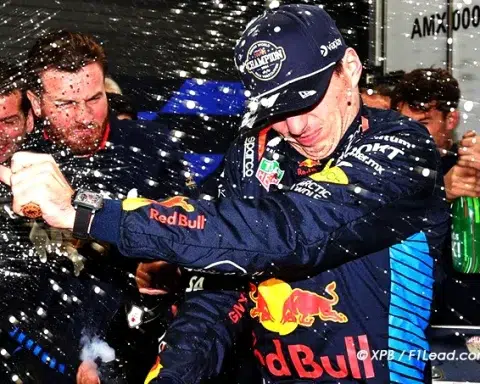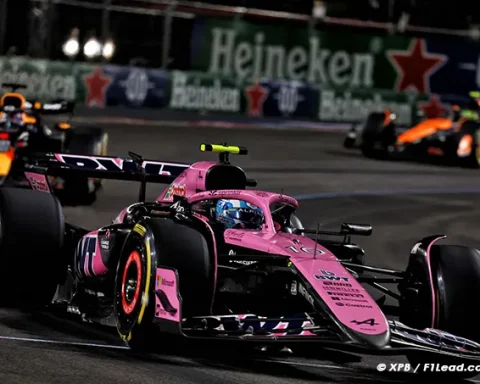Mercedes F1 explores key factors behind George Russell’s race disqualification, highlighting unexpected weight issues and wear.
Mercedes F1 has begun investigating why George Russell’s W15 finished under the legal minimum weight in Belgium.
1.5 kilos too light, the victorious British driver’s car was disqualified, and the initial factor, severe tire degradation following an unplanned one-stop strategy, was cited as the most likely cause of this non-compliance.
However, right after the finish, Mercedes F1 acknowledged they were not 100% certain this was the case.
Now, three days post-race, track engineering head Andrew Shovlin believes several cumulative factors could have contributed.
“It was obviously very disappointing and unfortunate for George, especially after he had driven such a strong race to win from so far back.”
“For now, we are trying to understand exactly what happened. Much of this involves getting the weight of all the different components.”
“The car can lose a lot of weight during the race. You have tire wear, skid block wear, brake wear, oil consumption. Even the driver himself can lose a lot of weight.”
“And it can already be said, in this particular race, George himself lost quite a bit of weight.”
Why a difference with Lewis Hamilton’s car?
“The cars started the race at the same weight. Lewis and George were both weighed after qualifying. The cars were less than 500 grams apart.”
“George was the only one to have this problem, and it’s because things like tire wear were much higher. It seems we lost more material on the skid block as well. However, we will collect all these data and see how we can refine our processes, as we clearly do not want this to happen again in the future.”
Shovlin also considered the impact of the missing kilo and a half on the overall race negligible.
“In terms of race start pace, it’s null as George’s and Lewis’s cars start the race at the same weight.”
“Obviously, as George’s car was losing weight faster than Lewis’s throughout the race, there is an associated gain, but we’re talking hundredths of a second per lap.”
“It’s very slight, and when you’re talking about amounts like one or two kilos, it doesn’t represent much lap time, especially in a race pace, where drivers set a reference and aren’t pushing hard all the time.”

- You may also like>Antonelli’s F1 Debut Looms if Sargeant Falters
- Following us on>Facebook and>Twitter
Russell’s F1 DQ: Underweight Car Worn Skid Block Russell’s F1 DQ: Underweight Car Worn Skid Block










